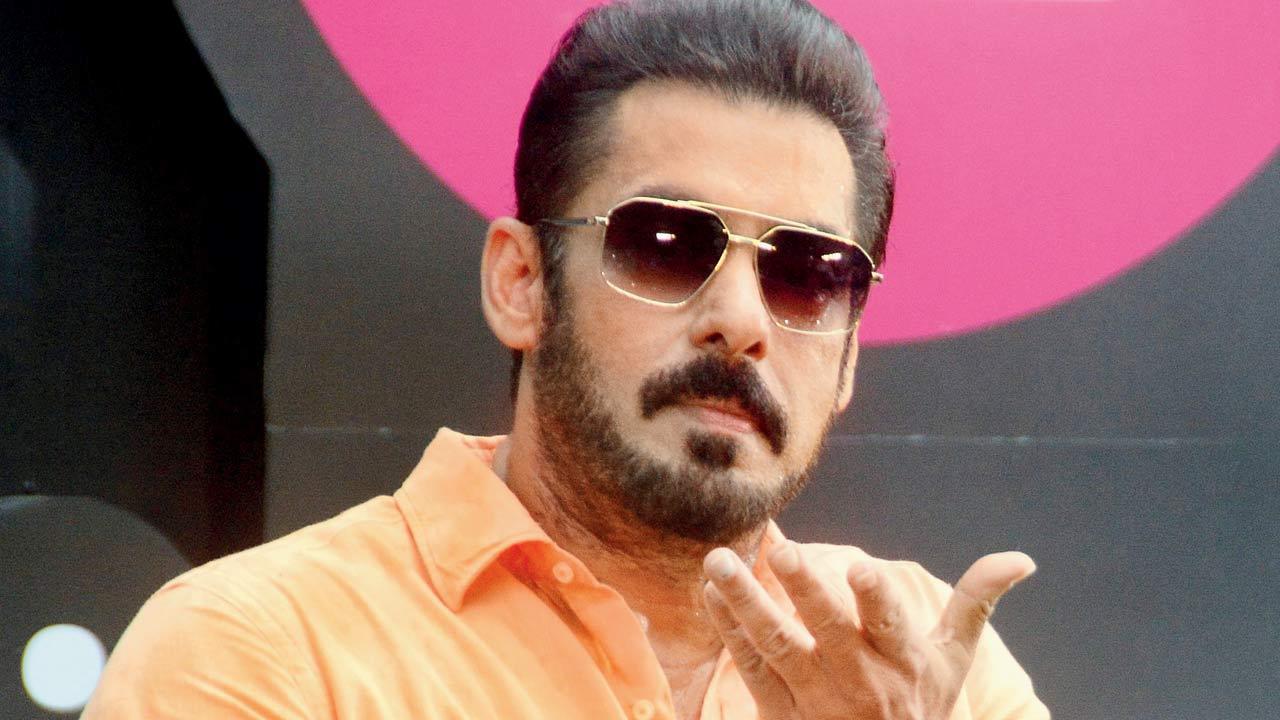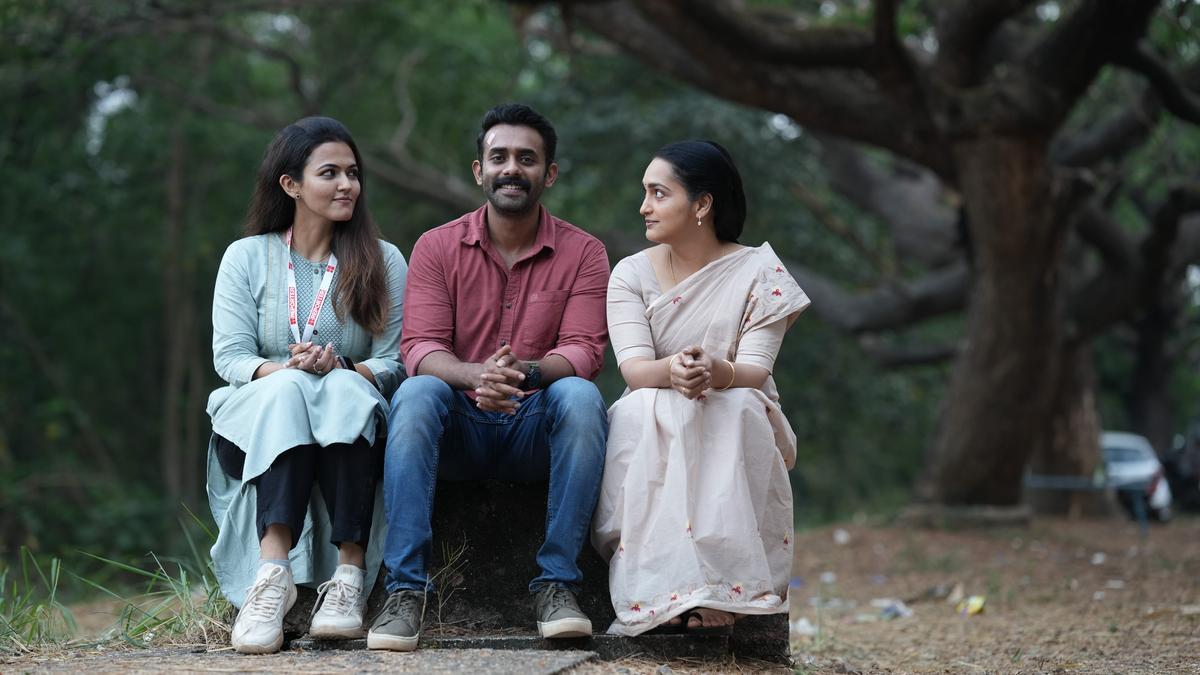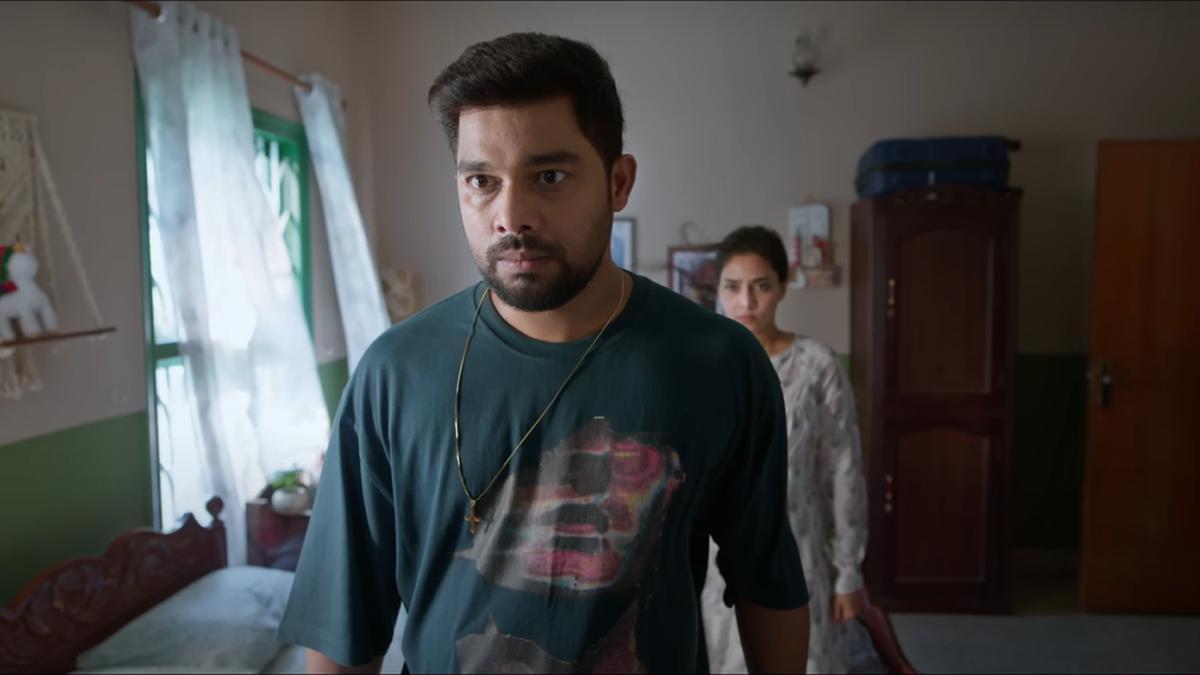
It’s become a common occurrence to glimpse the enchanting strains of ‘Kanmani Anbodu’ from the Tamil cinematic gem Gunaa embellishing Instagram reels. The tune resurfaces like a familiar ghost, refusing to vanish into the archives of Indian cinema history. Unless you have been sequestered in the shadows of the Guna Caves, you are probably aware that its resurgence is tied to the Malayalam blockbuster Manjummel Boys. The film’s plot—encircling a calamity that strikes a set of friends exploring the Guna Caves—has unexpectedly thrust the 1991 Kamal Haasan marvel back into the limelight. Yet, ask any true film aficionado, and they will attest that Gunaa, initially sidelined at its release, has forever been a masterpiece carved in the annals of cult cinema.
The genesis of Gunaa is as cinematic as its plot. When Kamal Haasan, at 19, expressed dissatisfaction with the redundancy of roles offered to him in Tamil films, his mentor, Ananthu, recommended that he turn his attention to Malayalam cinema. This change of scenery proved fruitful for Kamal, rejuvenating his passion for the craft and earning him critical acclaim. His final lead role in Malayalam cinema came with the 1989 film Chanakyan, directed by TK Rajeev Kumar. This film marked the first collaboration between Kumar, Kamal, and writer Sab John.
The creative trio, eager to follow on their success, originally envisaged a film about the conflict in Sri Lanka. This idea, however, did not come to fruition due to concerns raised by the seasoned Cho Ramaswamy about the political feathers it might ruffle. John later revisited a childhood memory, recollecting a man christened ‘Pottan’ by locals—a term referring to someone intellectually challenged. This person garnered Kamal’s interest, and thus, the cornerstone for Gunaa was set.
As pre-production gathered momentum, a suitable director was at hand with Santhana Bharathi—Kamal’s friend and collaborator—stepping in for Sibi Malayil, who was unavailable. During location scouting in Kodaikanal, a peculiar name caught their eye: Mathikettan Solai, meaning ‘the forest of the lost minds’. This almost became the film’s title, but the team eventually settled on ‘Gunaa’ to avoid negative implications.
Gunaa’s storyline unfolds with the release of a psychiatric patient who kidnaps an heiress, convinced that they are destined for matrimony. Despite superficial resemblances to Pedro Almodóvar’s Tie Me Up! Tie Me Down!, Gunaa stands apart in its intricate narrative fabric. For instance, Gunaa opens in Andhra Pradesh, introducing the protagonist in the divine Nataraja pose. The film ventures deep into his psyche, uncovering a traumatic past with a father absent and a mother driven to sex work—horrors that Gunaa seeks to purify by fleeing to a utopian hill with his ‘Abirami’.
The film’s score, crafted by the illustrious Ilaiyaraaja, and the poignant lyrics penned by Vaali, mirror the protagonist’s quest for cleanliness in a corrupted world. Rosy’s unrequited love for Gunaa adds another nuanced thread to the narrative. The film’s spiritual imagery interweaves Hindu and Christian motifs, accentuating the union between Gunaa and Abirami (Rohini) against the serene backdrop of Kodaikanal while subtly forecasting the tragic denouement.
The magnetic power of Gunaa led to the emergence of a new filmic sub-genre and influenced a generation of filmmakers. The Devil’s Kitchen, hitherto a mere geographical feature, gained mythical status and was rechristened Guna Caves, while the film itself contributed to the discourse on mental health—a recurring theme in Kamal Haasan’s cinematic oeuvre.
Though it faced tough competition at its inception from heavyweight contemporaries and bucked the mainstream trends of romance and comedy, Gunaa ascended to cult status—a testimony to its creative integrity and the talent of its makers.
In a clever twist of fate, Ananthu, Kamal’s guiding light, appears cameo-like in the film. Manjummel Boys, on the other hand, can be seen as a gesture of fond acknowledgment to Gunaa. It is not just a reflection on the film but a confluence of admiration, extracting that indefinable cord of human connection—be it through the bonds of love or friendship.
Gunaa remains an indelible icon of Tamil cinema, its resurgence both a nod to the visionary artists behind it and a testament to the enduring beauty of its narrative and musical composition. It is a classic, lovingly upheld by an industry that continues to revere it, ensuring its eternal resonance with audiences old and new.










